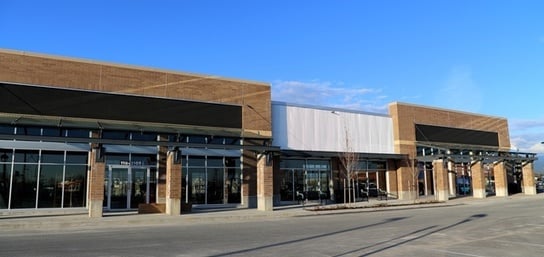“This shift toward a consumer-centric model is going… to increase demand in brick-and-mortar retail stores,” said one expert.
Source: www.healthcaredive.com
What’s the return on investment?
Eggers says that retail stores are helping insurers serve three main priorities:
They serve as a sales channel for the growing numbers of individual purchasers.
They serve as a service location. “This is a great place to be able to service your customers in a meaningful way that engages them and creates accountability for them, and makes them happy—creating stickiness, so they stay with the insurer,” Eggers says.
They can also be a location for delivery of care. Eggers says that with the trend toward pushing more healthcare delivery down to second-tier providers, stores provide a very cost effective alternative to offices within hospitals, which have much higher fixed costs.
How to determine ROI can be difficult to answer and depends on how companies want to look at it.
“Could any of them actually put a hard financial ROI on them? We’ll see,” Eggers said.
“One could argue we’re five years from seeing a real ROI on these stores.”

